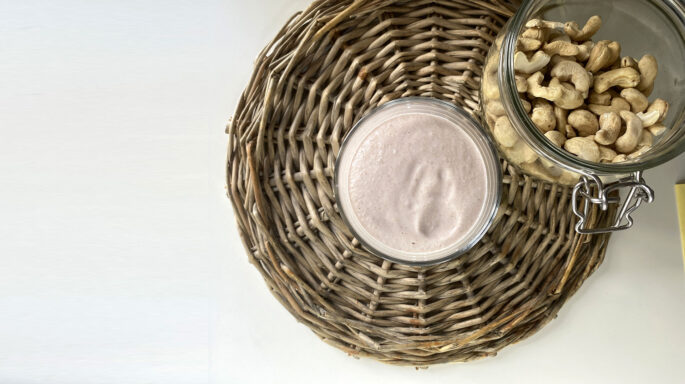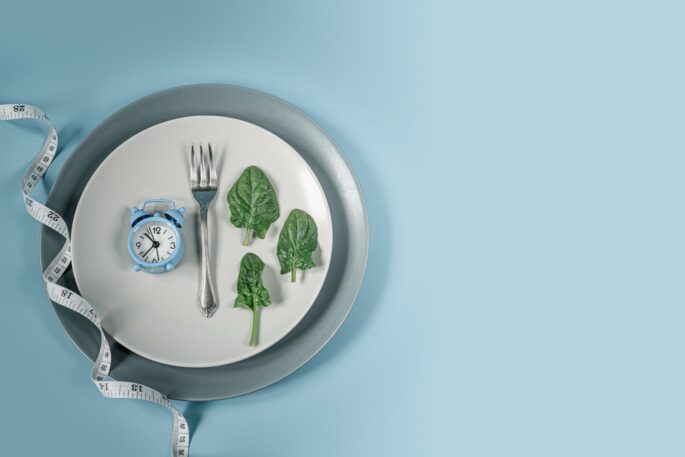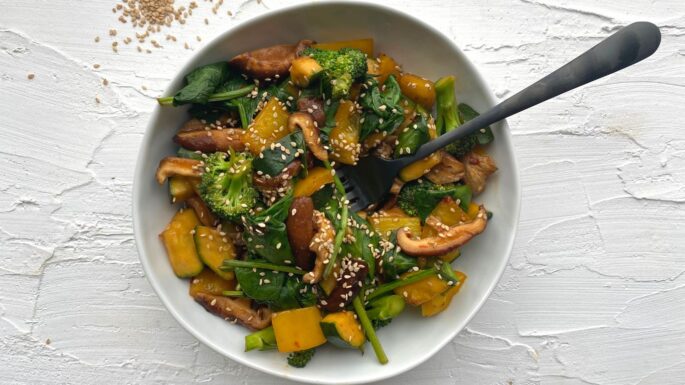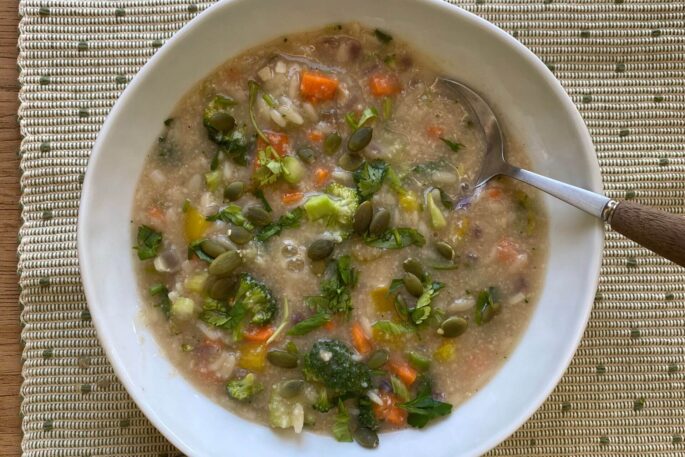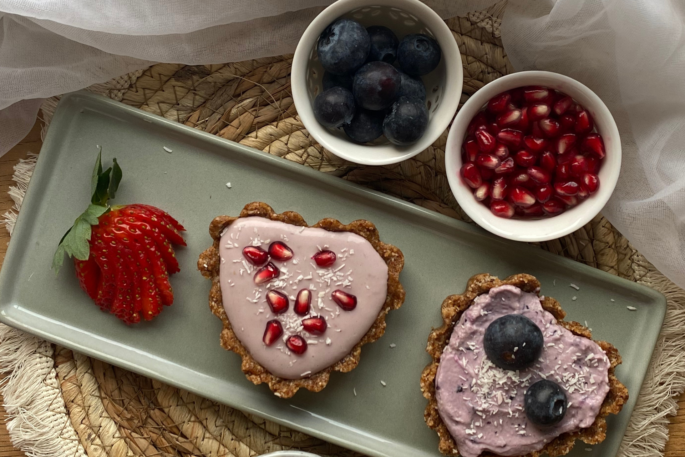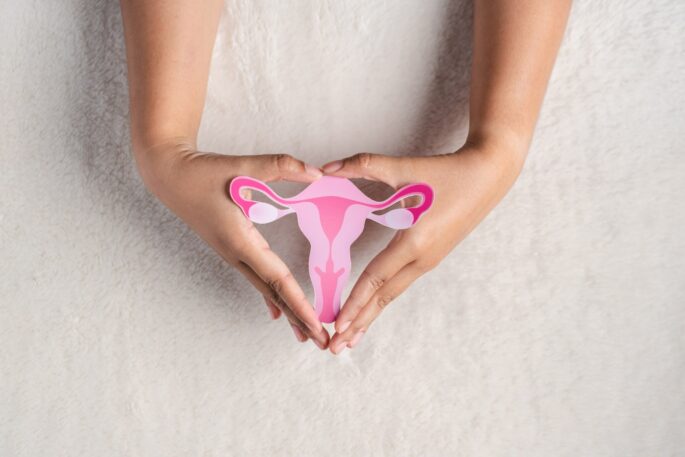Vegan Diet: A vegan diet omits all animal products and by-products: meat, poultry, fish, eggs, dairy, honey, leather, fur, silk, and wool. Many vegans avoid cosmetics and soaps derived from animal products, as well as foods processed using animal products such as refined white sugar and some wines. Many vegans do not use products tested on animals.
Ethical commitment, optimal health, and moral conviction are often the main motivations for vegans.
Pros:
- May reduce hypertension
- May initiate weight loss
- May improve energy levels
Cons:
- May cause excessive weight loss
- May lead to anemia and other nutritional deficiencies
- May be difficult to dine out
Flexitarian: The Flexitarian Diet, in simple terms, is a more flexible version of the vegetarian diet. “Flexible” in this case means that meat may be eaten on occasion, though the diet is primarily plant-based.
Pros:
- Flexible approach
- Emphasis on whole foods
- Includes recipes and shopping lists
- May promote heart health
Cons:
- Some may require more structure in their diet
- Unclear food allowance suggestions
Vegetarian: A Vegetarian diet is a plant-based approach that excludes meat, poultry, and fish. Most vegetarians consume dairy products, and many eat eggs. Those vegetarians who consume both eggs and dairy are referred to as lacto-ovo vegetarians, while those who consume only dairy are lacto vegetarians.
Pros:
- May reduce hypertension
- May initiate weight loss
- May improve energy levels
Cons:
- May have detrimental effects on heart health, due to saturated fats from dairy
- May lead to anemia and other nutritional deficiencies
- May lead to excessive dairy consumption and intolerance. May lead to digestive issues.
Pescaterian: A pescetarian eats fish and shellfish, but no red meat, poultry, or other land animals. In addition to seafood, a pescetarian diet typically includes vegetables, fruits, nuts, grains, and beans. Some people choose to include eggs as well. While many individuals choose this diet for better health, others have moral, religious, or cultural ties to it. Fish is a great source of omega-3 fatty acids, which boast a plethora of health benefits.
However, fish is not the direct source of Omega 3. Algae in the oceans is where the fish gets its Omega 3s. Safest & nutritious food sources of Omega 3 are walnuts, flax seeds, chia seeds.
Pros:
- May reduce the risk of heart disease
- Supports brain function
Cons:
- Not suitable for those who don’t like fish
- May be too low in calories for some
- Comes with a lot of pollutants (humans have generated in the ocean like PCBs, PBDEs, dioxins, and chlorinated pesticides. Can be very detrimental to health
Ketogenic Diet: The Ketogenic Diet, dating back to the 1920s, was created to help control epileptic seizures in individuals who do not respond to medication. The diet is based on the process of ketosis, in which the body uses ketones for fuel instead of glucose. Ketones are a byproduct of fat metabolism that are utilized in times of starvation, carbohydrate restriction, or excessive exercise. For the body to reach a state of ketosis, calorie intake must be limited and composed of 80% fat. The remaining calories should come from low-carb vegetables and protein.
Foods are high in saturated and unsaturated fats including meat, poultry, dairy, eggs, nuts, fish, various oils etc. Foods they exclude are vegetables, fruits, healthy carbs, legumes, trans fat and processed foods.
Pros:
- May prevent or lessen the frequency of seizures
- May alleviate epilepsy
- Restricts sugar intake
- Quick weight loss in some cases
Cons:
- Not safe for people who do not exercise because ketones need to be released as energy
- May cause extreme fatigue
- Bad breath and metallic taste is likely to occur
- Difficult to maintain for extended periods of time
- Nutrient deficiencies common
- Not sustainable
Paleo Diet: The Paleolithic diet, also known as Paleo or Primal diet, is rooted in the belief that sticking to food our caveman ancestors would have eaten leads to optimal health. This includes meat, fish, vegetables, wild fruits, eggs, nuts, and more. The goal of the Paleo approach is to consume the foods cavemen did millions of years ago, before the cultivation of grains and legumes, and well before the invention of processed, packaged foods. According to Paleo advocates, if a caveman wouldn’t eat it, modern people shouldn’t either.
Guidelines include eating a relatively high amount of healthy fat such as coconut oil, avocado, ghee, and olives. Vegetables, raw or cooked, are the primary source of carbohydrates, rendering the diet relatively low-carb. Animal protein, including its naturally occurring fat, should be included in the diet. Red meat, poultry, pork, eggs, and organ meat are all encouraged.
Pros:
- Whole foods approach
- Encourages organic foods
- Low in sodium and high in potassium
- High in fiber
- Healthy fats contribute to optimal brain function
- Low glycemic load may stabilize blood sugar and reduce cravings and binges
Cons:
- High-quality meats may be expensive and difficult to obtain
- Avoid Healthy carbs which is proven to be a healthy component for weight loss and longevity
- Not ideal for vegetarians and vegans
- Does not support long term sustainable weight loss
- It’s restrictive and leads to wanting more carb rich foods than usual
Whole Foods Plant- based Diet: The Whole Foods Plant-Based Diet is a simple way of eating. It limits animal based foods to rare occasions if at all and avoids processed food– A food that is still close to the form in which it grew. It includes 5 main food groups such as whole grains, legumes, vegetables, fruits, nuts & seeds. You can also add herbs and spices as an important part of a WFPB diet. Limiting processed foods, or anything that comes pre-packaged.
Pros:
- Helps with mitigating cancer risks
- May lead to sustained weight loss
- May prevent chronic diseases like Type 2 diabetes, obesity, CHD and in some cases may even reverse certain chronic conditions.
- May balance hormone and digestive health
- Enhances your energy and overall health
- It’s more so a lifestyle than a diet and can be sustained long term
Cons:
- May lead to nutritional deficiencies in some cases
- Might seem restrictive or hard in the transition phase




